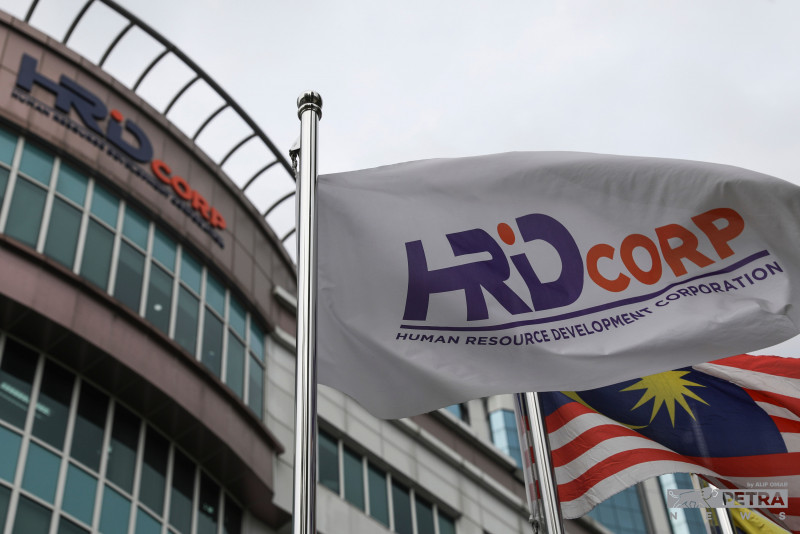Malaysian banks’ earnings declined significantly in the second quarter of this year (2Q 2020), dragged down by hefty modification losses and pre-emptive provisions as well as markedly thinner net interest margins (NIMs), RAM Ratings revealed in a note today.
According to the agency, the average pre-tax return on assets and return on equity of eight selected local banks fell to an annualised 0.7% and 6.8% respectively in the same period compared with 1.10% and 10.7% in the first quarter of the year (1Q 2020).
While it sees improved earnings in the third and fourth quarter of the year, RAM said banks’ profit performance was likely to remain subdued through the rest of the year amid the economic downturn and highly uncertain operating landscape.
“Banks’ NIMs were severely crimped by the aggregate 75 bps cut in the overnight policy rate (OPR) in 2Q20, which was compounded by modification charges arising from non-accrual of interest (or profit) on deferred instalments of fixed-rate auto and Islamic financing under the six-month moratorium. Although we expect some respite in NIM as deposits are progressively repriced at lower rates, the 25 bps OPR reduction in July along with the likelihood of more cuts on the horizon, will limit the extent of this recovery. The recently announced targeted extension of the loan moratorium beyond September for selected borrowers will also trigger another round of modification losses, although to a much smaller degree,” RAM’s co-head of financial institution ratings Wong Yin Ching said in conjunction with the publication of the Banking Quarterly Roundup – 2Q 2020.
The agency highlighted, with a large proportion of loans on payment holiday, the banking system’s gross impaired loan (GIL) ratio clocked in at an all-time low of 1.43% as at end-July 2020 compared with 1.53% as at end of Dec last year.
It further stated that the true underlying asset quality would only become apparent after the expiry of COVID-19 loan relief measures. Despite the still benign GIL ratio, banks had been proactively building up their provisions in anticipation of heightened defaults next year.
The average credit cost ratio of the eight selected banks soared to 91 bps (annualised) in 2Q 2020 against 62 bps in 1Q 2020 and 27 bps in 2019. This is likely to remain elevated in the second half of the year. The industry recorded a 4.5% year-on-year (y-o-y) loan growth in July 2020 compared with 3.9% last year, underscored by the automatic six-month moratorium on individual and SME loan repayments as well as various government funding programmes.
RAM Ratings noted that loan applications and approvals rebounded strongly in the next two months after having shrunk in April and May amid the earlier stages of the lockdown, mainly fuelled by the household segment. However, it remains to be seen if this trend is sustainable given still feeble consumer and business sentiment.
In conclusion, the rating agency expects credit expansion to come in at 3%-4% in 2020. – Sept 3, 2020









